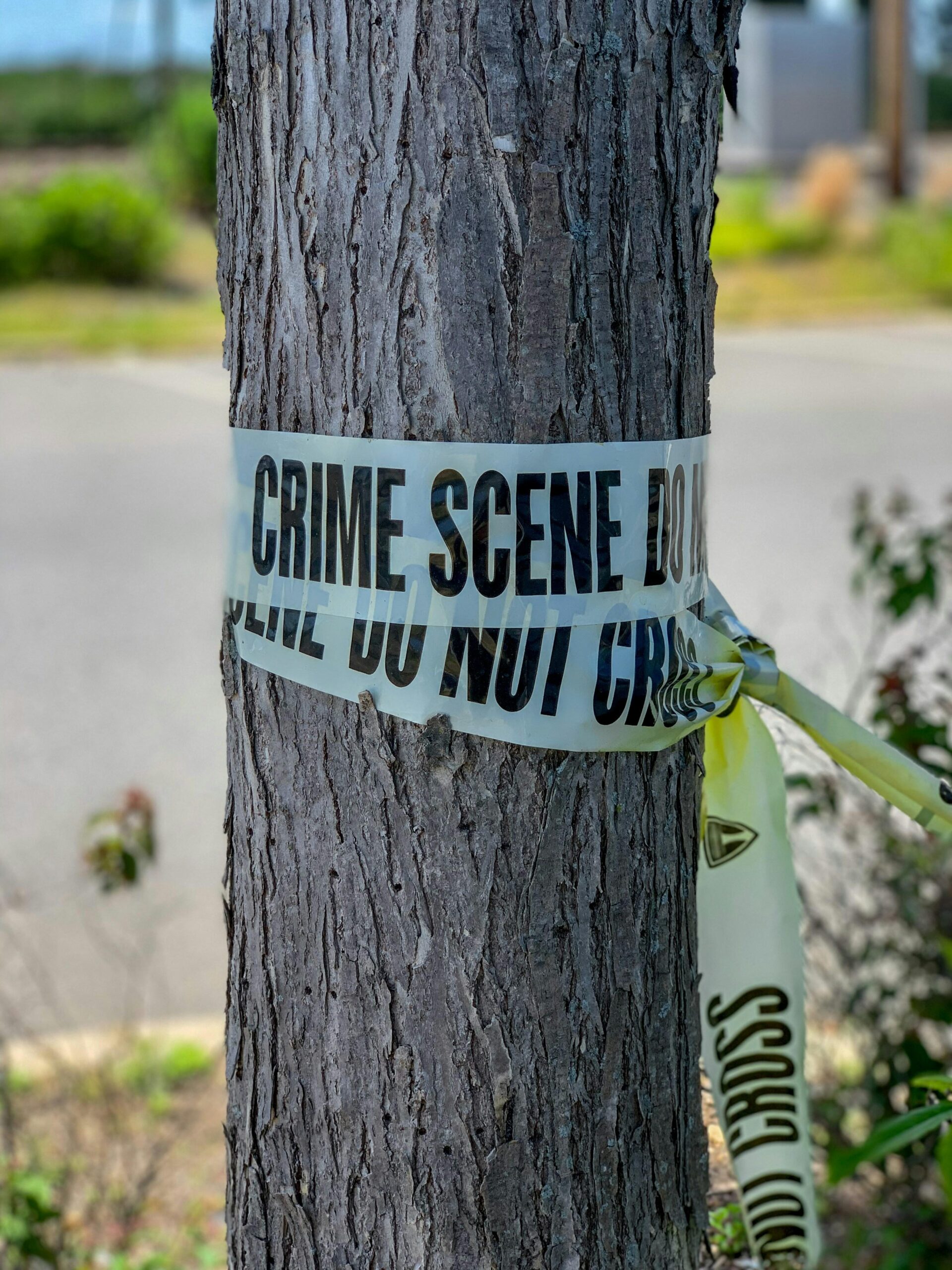When it comes to the darkest corners of human psychology, few figures are as notorious—or as fascinating—as Charles Manson. His name alone conjures images of chaos, manipulation, and a cult that stunned the world in the late 1960s. But what really went on inside the mind of this enigmatic leader, and how did he manage to spin a web so powerful that it controlled the lives—and deaths—of his followers? In this blog, we’ll take a curious dive into the twisted psyche of Charles Manson and unravel the mysterious dynamics of his infamous cult. What drove him? How did he captivate his “family”? And what lessons can we draw from one of the most chilling chapters in criminal history? Let’s explore.
Table of Contents
- The Early Life and Influences That Shaped Charles Manson
- Unraveling the Psychology Behind Manson’s Charismatic Control
- How the Cult’s Beliefs Fueled a Spiraling Path of Violence
- Lessons from Manson’s Manipulation Tactics to Protect Yourself Today
- In Retrospect
The Early Life and Influences That Shaped Charles Manson
Born into a turbulent world, Charles Manson’s formative years were marked by instability and neglect. Raised primarily by his mother, who struggled with poverty and brushes with the law, Manson was shuffled through foster homes and juvenile detention centers from a tender age. These early encounters with the criminal justice system embedded a deep-seated resentment and a yearning for control, setting the stage for his future manipulative prowess. The absence of a stable family structure and positive role models left him vulnerable to the darker social undercurrents that later informed his radical worldview.
Throughout his youth, Manson was exposed to a patchwork of cultural influences that would later surface in his own twisted ideology. Musically, he absorbed the rebellious undertones of early rock ‘n’ roll, while the countercultural *1960s* offered a smorgasbord of spiritual and social movements ripe for exploitation. Among his influences were:
- Beat Generation literature – which fueled his poetic yet chaotic rhetoric.
- Apocalyptic and cult philosophers – shaping his vision of a coming racial revolution he dubbed “Helter Skelter.”
- Prison culture – where survival depended on dominance and intimidation, skills he would refine as a cult leader.
This combustible mix of personal neglect, cultural rebellion, and manipulative intent brewed within Manson a volatile identity—one that would captivate, control, and terrorize those who fell under his spell.
Unraveling the Psychology Behind Manson’s Charismatic Control
Charles Manson’s ability to enthrall and manipulate his followers was rooted deeply in his understanding of human psychology—specifically the vulnerabilities that arise from loneliness, insecurity, and a desperate need for belonging. Manson carefully crafted an image that was both enigmatic and approachable, presenting himself as a spiritual guru and a figure who could truly “see” his followers, making them feel uniquely understood and valued. His use of charm, combined with a magnetic, often unsettling intensity, created a psychological trap where members were willing to suspend their doubts and embrace his radical ideology.
Key to his control was the cultivation of dependence through isolation and emotional manipulation. In this toxic environment, followers were subject to:
- Systematic erosion of individual identity—encouraged to abandon personal beliefs in favor of groupthink.
- Induced fear and paranoia—fostering mistrust of the outside world, which strengthened his grip.
- Reward and punishment dynamic—using praise and affection as tools for compliance.
This intricate psychological web Manson wove ensured his influence wasn’t just coercion but a deeply internalized conviction, making his control disturbingly resilient and cementing his legacy as one of the most infamous cult leaders in history.
How the Cult’s Beliefs Fueled a Spiraling Path of Violence
At the heart of the cult’s descent into chaos was a toxic ideology spun around apocalyptic visions and racial war. Manson’s ability to distort biblical scripture, pop culture, and conspiracy theories forged a worldview wherein violence wasn’t just inevitable—it was necessary. This belief system, a volatile mix of paranoia and charisma, created an echo chamber where questions were suppressed and commands became law. Followers were encouraged to see themselves as warriors in an impending civil war, making them susceptible to extreme acts as a form of preemptive strike.
Through rituals designed to break down individual willpower, Manson’s doctrine dismantled any moral compass his followers once had. The cult’s hierarchy thrived on fear, complete obedience, and the promise of survival through chaos. Their actions weren’t random but carefully orchestrated expressions of this creed, designed to ignite the very conflict they prophesized. Key elements fueling the spiral included:
- Ideological isolation that magnified groupthink
- Use of drugs to alter perception and blur ethical boundaries
- Manipulation of apocalyptic fantasies to justify brutality
- Rebranding violence as a form of revolutionary justice
Lessons from Manson’s Manipulation Tactics to Protect Yourself Today
Charles Manson’s ability to manipulate his followers stemmed from a profound understanding of psychological vulnerabilities and social dynamics. One of his most chilling tactics was the use of isolation—both from existing support systems and outside influences—to cultivate dependency. By breaking down individual identities and replacing them with a collective “family” persona, he blurred personal boundaries and fostered a sense of belonging that made followers malleable to his will. This kind of social isolation paired with relentless emotional reinforcement created an environment where dissent felt impossible.
To shield yourself from such manipulation today, awareness is your most powerful tool. Keep an eye out for these warning signs:
- Rapid identity shifts: When someone starts making you feel like your previous beliefs or relationships are invalid or harmful, it’s a red flag.
- Exclusive group mentality: If a leader or group insists you cut ties with others to deepen loyalty, caution is essential.
- Emotional extremes: Manipulators often cycle between overwhelming affection and sharp criticism to control emotions.
By recognizing these tactics, you can maintain your psychological autonomy and question influences with a grounded, critical mindset before they take root.
In Retrospect
Peering into the twisted psyche of Charles Manson and the dark world of his cult leaves us with more questions than answers—and a haunting reminder of how power and manipulation can warp the human mind. While the grisly details shock and disturb, understanding the forces at play offers a chilling glimpse into the complexities of influence, control, and belief. As we close this chapter on one of history’s most notorious figures, the curiosity lingers: What drives a person to such extremes, and how can we recognize and prevent such dangerous dynamics in the future? The mind of Charles Manson remains a stark puzzle—one that continues to fascinate and caution us even decades later.












